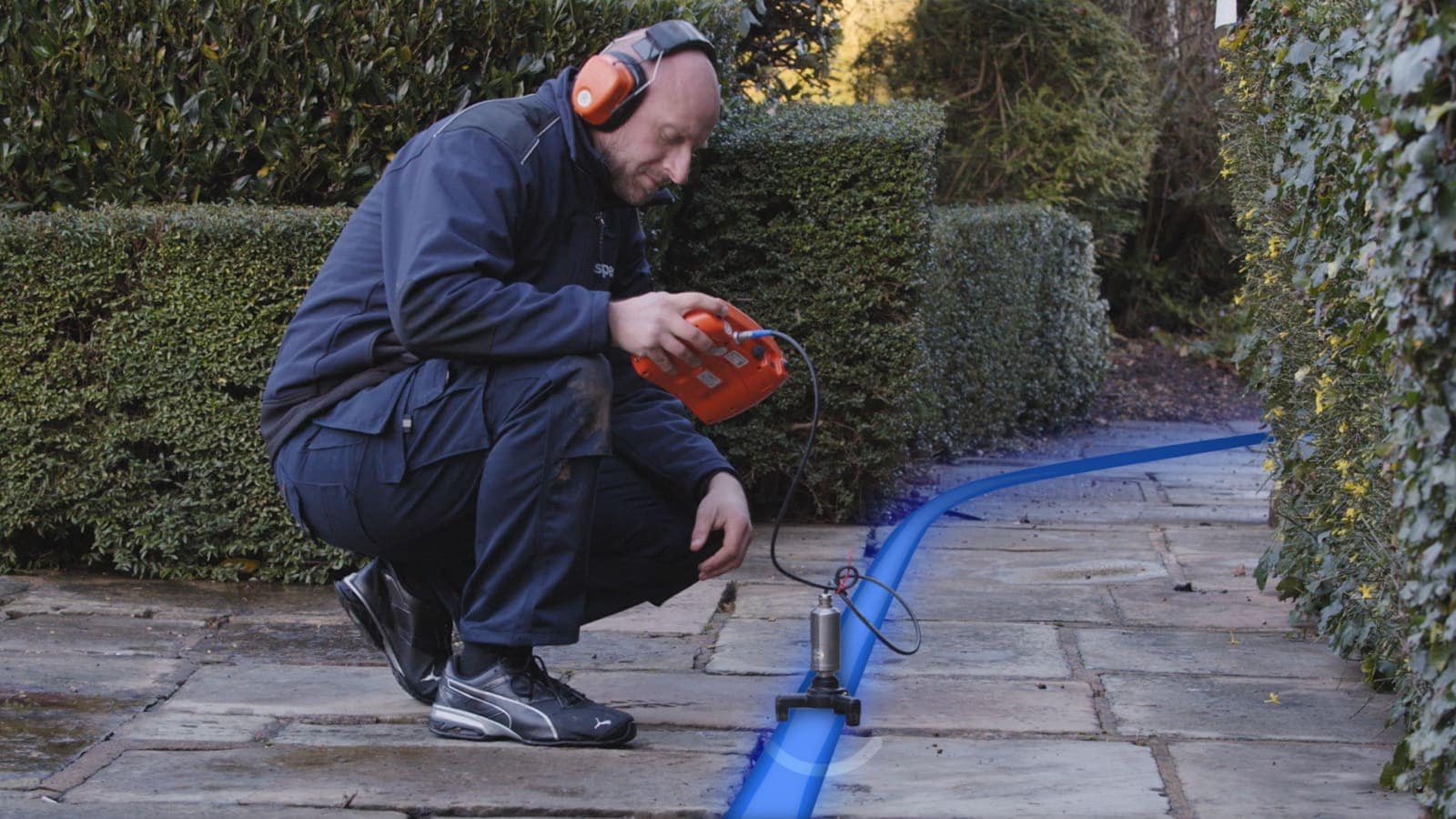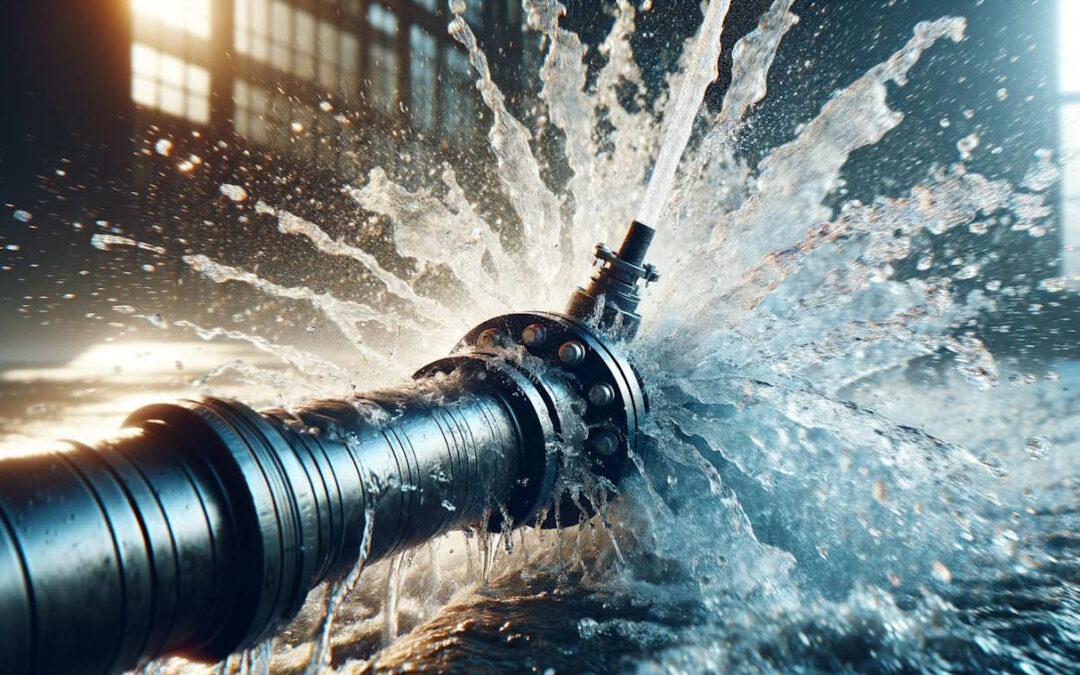Discover Reliable Water Leak Detection Providers for Accurate and Rapid Outcomes
Discover Reliable Water Leak Detection Providers for Accurate and Rapid Outcomes
Blog Article
Innovative Solutions for Very Early Discovery of Water Leakages in Buildings and Facilities
As the integrity of structures and framework is vital, the challenge of very early discovery of water leakages has stimulated ingenious solutions that guarantee to change the method we guard against prospective problems. From innovative leakage detection innovations to the deployment of IoT sensors for real-time tracking, the landscape of leakage prevention is progressing swiftly. Artificial intelligence formulas offer a peek right into the future of leakage prediction, while thermal imaging presents a non-intrusive technique for determining hidden leaks. Automated water circulation evaluation systems are improving how leaks are determined and resolved, leading the way for an aggressive approach to water leak detection. Each of these options holds the vital to ensuring the integrity and longevity of our built environment, triggering a shift towards a much more lasting and effective future.
Advanced Leak Detection Technologies
Advanced leakage discovery innovations, furnished with innovative sensing units and algorithms, play a vital duty in quickly determining and determining water leakages in different settings. These technologies use a mix of acoustic, thermal, and electro-magnetic noticing methods to identify leakages properly. Acoustic sensors spot the noise of getting away water, permitting exact localization of the leak source. Thermal imaging identifies temperature changes triggered by water leakage, providing another effective approach for leak recognition. Electromagnetic sensing units can determine changes in electro-magnetic fields created by water, using yet another layer of leak detection capacity.

IoT Sensors for Real-Time Surveillance
In the world of modern water leak detection, the combination of IoT sensing units for real-time surveillance stands for a crucial improvement in improving proactive leak discovery capabilities. These sensors provide continual monitoring of water supply, giving real-time information on water circulation prices, stress variants, and temperature level adjustments. By leveraging IoT modern technology, these sensing units can detect even the smallest anomalies in water usage patterns, making it possible for very early recognition of possible leakages prior to they intensify into major issues.
IoT sensing units transfer data to a centralized platform, where advanced formulas assess the details and produce signals or alerts when abnormalities are detected. This real-time surveillance capacity enables homeowner or center supervisors to promptly resolve leakages, decreasing water damages, decreasing repair work costs, and conserving water resources.
In addition, IoT sensing units can be integrated with structure monitoring systems, enabling for automatic reactions to identified leakages, such as shutting down water valves or activating pumps to minimize the effect of leaks. On the whole, the implementation of IoT sensing units for real-time tracking considerably boosts the effectiveness and effectiveness of water leakage detection in structures and framework.
Artificial Intelligence Algorithms for Leakage Prediction

One secret advantage of making use of artificial intelligence for leakage prediction is its capability to continually find out and enhance its accuracy gradually. As more data is collected and fed right into the formula, it can improve its predictions and adjust to altering conditions, ultimately boosting the integrity of leak discovery systems.
Additionally, device understanding algorithms can aid in recognizing subtle indicators of leaks that might go undetected by standard monitoring techniques. water leak detection. By evaluating complex information collections in real-time, these algorithms can give early cautions and signals, permitting punctual treatment and precautionary upkeep to reduce possible water damages and associated expenses
Making Use Of Thermal Imaging for Leak Detection
Thermal imaging modern technology offers an appealing strategy for finding water leakages in various systems and facilities. By making use of infrared radiation and temperature level variances, thermal imaging cams can identify covert leakages that are not conveniently noticeable to the look at this site naked eye. When water leaves from pipes or frameworks, it typically transforms the temperature level of the surrounding area, producing temperature level differentials that thermal electronic cameras can record. These temperature level abnormalities are after that equated right into visible images, highlighting the specific place of the leak.
One of the essential advantages of thermal imaging for leakage detection is its non-intrusive nature. On the whole, the use of thermal imaging technology boosts the performance and precision of water leak discovery, making it an important device for keeping the integrity of structures and facilities.
Automated Water Circulation Analysis Equipments
Exactly how can automatic water circulation analysis systems revolutionize the detection and monitoring of leaks in numerous systems and infrastructures? Automated water circulation evaluation systems provide a positive technique to leak detection by constantly checking water circulation prices and patterns. By developing standard data, these systems can promptly determine variances that might suggest a leak, allowing timely intervention to stop comprehensive damages.
These systems make use of sophisticated algorithms to evaluate real-time information and offer prompt notifies when anomalies are see detected, enabling for quick activity to be taken. In addition, automated water flow analysis systems can be incorporated with structure monitoring systems or IoT platforms, enhancing general effectiveness and making it possible for remote monitoring capabilities.
Furthermore, the data collected by these systems can be made use of for anticipating upkeep objectives, assisting to determine prospective powerlessness in the facilities before leaks take place. On the whole, the execution of automatic water circulation analysis systems can substantially enhance leak detection and monitoring techniques, eventually resulting in cost savings, decreased water wastage, and increased sustainability in structures and facilities.

Conclusion
To conclude, the combination of advanced leak detection innovations, IoT sensors, artificial intelligence formulas, thermal imaging, and automatic water circulation analysis systems supplies ingenious solutions for early detection of water leaks in structures and framework. These modern technologies make it possible for real-time surveillance, forecast of leaks, and effective detection approaches to protect against water damages and wastage. Implementing these solutions can aid in keeping the honesty and sustainability of water systems in different settings.
Report this page